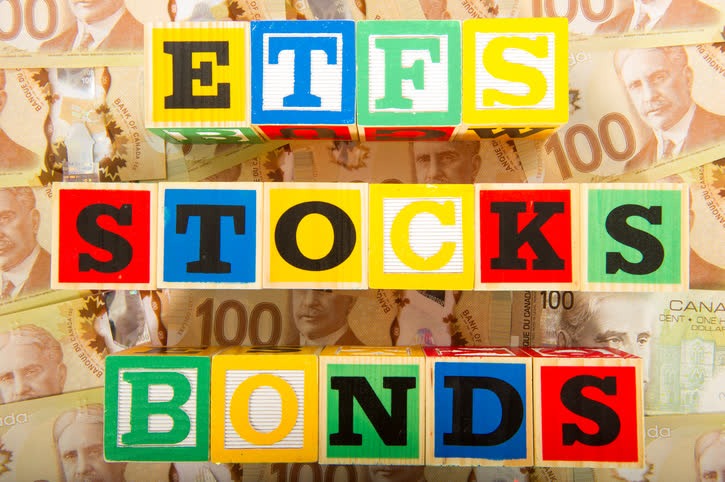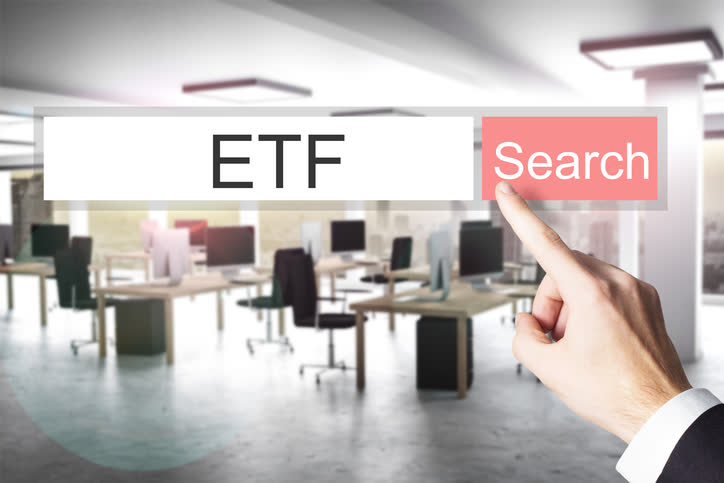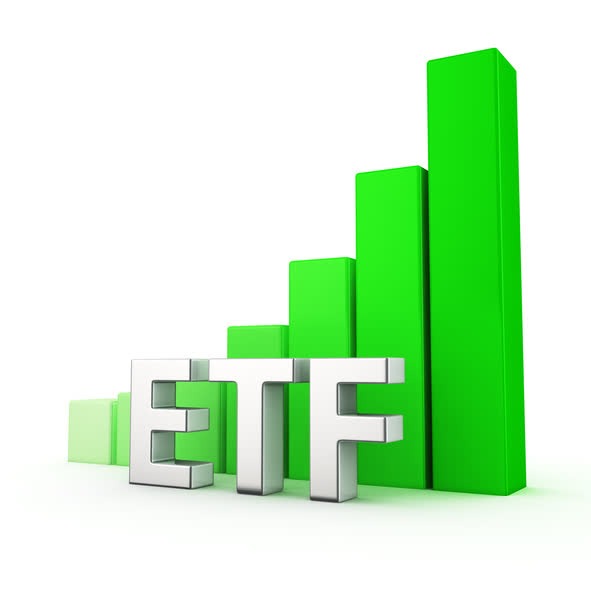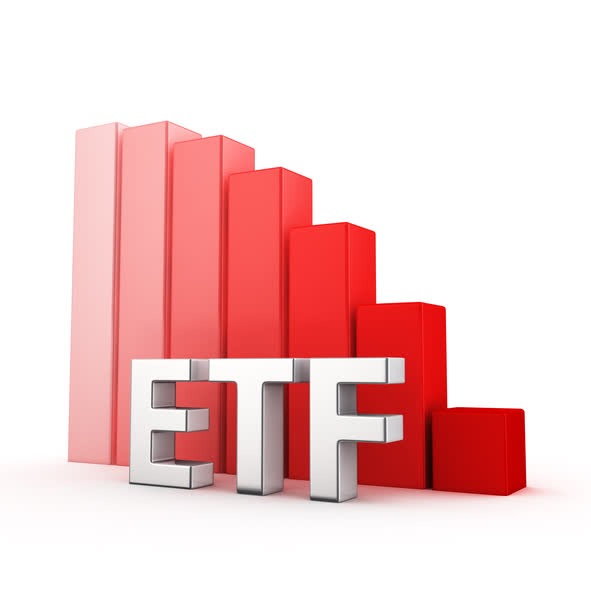Dividend Value Builder Newsletter
What is an ETF? Advantages & Disadvantages


What is an ETF?
An Exchange Traded Fund (ETF) is an investment vehicle; a hybrid of mutual funds, and closed-end funds. ETFs hold a basket of assets such as stocks, bonds, or commodities; and trade on a market exchange so they can be traded anytime stocks trade. Most ETFs track a specific index and trade very close to their underlying value (net asset value).
ETF Advantages
The advantages of an ETF are lower costs, instant diversification, liquidity, tax efficiency, sector investing, the ability to purchase in small amounts, and the availability of a wide variety of alternative, and even exotic, investments.
Lower Costs
Since an ETF trades like stocks, you can buy a diversified portfolio with the same low commission (typically $5) as a stock. Also, ETFs typically have lower expense ratios than mutual funds.

Instant Diversification
There are now hundreds of ETFs trading on U.S. stock exchanges. The variety is deep and wide, covering all major indices, sectors, industries, sizes (i.e. large cap, mid-cap, small-cap, micro-cap, etc.), strategies (growth, value, etc.), international (i.e. developed, emerging, and frontier markets), specific countries, and even exotic ETFs (commodities, short or bear funds, and leveraged funds).
There are also many ETFs in the income area. Bond ETFs include different terms (long, mid, short, etc.), various levels of quality (treasury, corporate, high-yield, etc.) and regions (United States, individual countries, emerging markets, etc.).
Liquidity
ETFs trade on a market exchange so they can be traded (intraday) anytime stocks trade, not just at the end of the day. This can be an important benefit when volatility is high.
Tax Efficiency
Since most ETFs are not actively managed, but are programmed to follow a specific index, they may not have high capital gains and income that are required to be passed on to owners each year. This means investors have more control over when they incur taxes.
Sector Investing
An ETF can segment to very specific or targeted sectors of the economy. This allows investors to have a diversified position in a small slice of a sector where they want exposure.
Can Be Purchased in Small Amounts
Since ETFs trade like stocks there are advantages for position sizing. Small positions can be purchased (no minimum investment) to scale in or scale out of a position, or take a single small position in a particular ETF.
Available in Alternative Investments
ETFs allow investors to take positions in alternative or even exotic investments that are unavailable in any other form to small investors. New products become available regularly and include ETFs in commodities, hedges, and leveraged long and short positions in indices and sectors.

ETF Disadvantages
In order to get the maximum benefit of investing in ETFs it is important to identify and understand two crucial disadvantages. Fortunately, these shortfalls can be mitigated if investors have a clear comprehension of the disadvantages, and how the solution can help optimize their portfolio.
Over Diversification
Many ETFs participate in over diversification. ETFs are generally not actively managed, but are programmed to follow a specific index. The index, and therefore the ETF, may not own the very best stocks.
It may be more advantageous to buy a limited number of the best companies rather than own the entire index. This would be particularly true with ETFs that track indices with a small universe of stocks such as a specific sector or industry.
Lack of Rebalancing
Most ETFs don’t rebalance their portfolios. Remember, usually an ETF is programed to track an index. In an index, as the winners increase in price they become a larger percentage of an index. At the same time some stocks decline in price and become a smaller percentage of an index. By owning the index, or ETF tracking the index, you may own more of expensive over priced stocks and less of the bargain underpriced or value stocks.
Mitigating ETF Investing Disadvantages
Both of the above disadvantages can be mitigated by investing in a combination of ETFs and individual stocks. There are circumstances that are appropriate for ETFs and circumstances that are appropriate for individual stocks.
Smaller investors who use ETF funds exclusively to start, might consider adding individual stocks as their portfolio grows. I recommend starting this process once an investors portfolio reaches $25 – $35 thousand.
ETFs are the perfect investment vehicle for investors who are beginners, investors with smaller portfolios, or investors with larger portfolios that want significant diversification in a particular geographical area, sector, or industry. Used wisely they can be a valuable tool to lower risk and/or improve portfolio returns.
Additional Reading:
34 Investment Strategies and Rules To Make You A Better Investor
Minimize Large Portfolio Drawdowns
Invest With Confidence in Less Time - Manage Your Portfolio Without Behavioral Errors
